Big Cone Pine Tree
- November 30, 2023
- 0 comment
The big cone pine tree, scientifically known as Pinus coulteri, is a majestic evergreen conifer that is native to the coastal mountains of Southern California and the central part of the Baja California Peninsula. Named after Thomas Coulter, a prominent Irish botanist, this tree is renowned for its impressive size and distinctive large cones, which can measure up to 30 centimeters in length.
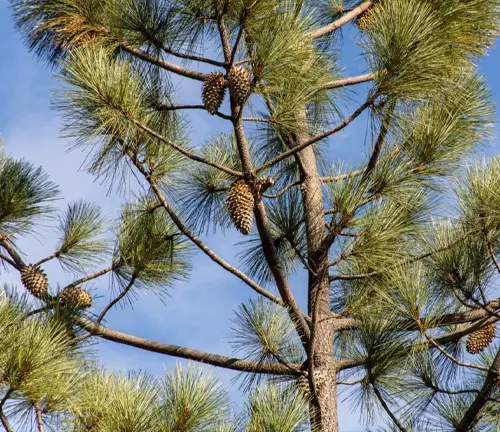
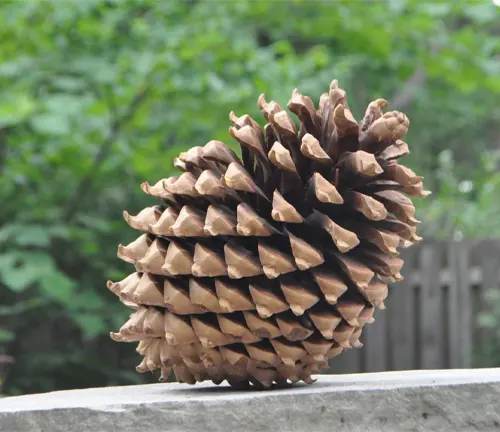
Standing tall and proud, the big cone pine can reach heights of 20 to 35 meters, with a straight trunk and a crown of long, drooping needles. The needles are grouped in bundles of three and can range in color from bright green to a deep shade of blue-green. One of the most striking features of this pine species is its enormous cones, which are both aesthetically unique and ecologically significant.
These large cones are densely covered in prickly scales and play a crucial role in the tree’s reproductive cycle. They contain large seeds that are a vital food source for various wildlife, including birds and mammals. The big cone pine tree’s adaptability to a range of soil types and its ability to thrive in diverse ecosystems make it a resilient and iconic species in the California landscape, contributing to the region’s biodiversity and ecological balance.
| Characteristic | Description |
|---|---|
| Scientific Name | Pinus coulteri |
| Common Name | Big Cone Pine Tree |
| Native Region | Coastal mountains of Southern California, Central Baja California Peninsula |
| Height | 20 to 35 meters |
| Trunk | Straight and sturdy |
| Needles | Long, drooping, grouped in bundles of three |
| Needle Color | Bright green to deep blue-green |
| Cones | Large, up to 30 cm in length, covered in prickly scales |
| Cone Significance | Crucial in the tree’s reproductive cycle, contains large seeds |
| Ecological Role | Provides food for wildlife, contributes to biodiversity |
| Adaptability | Thrives in a variety of soil types and ecosystems |
Botanical Beauty of Big Cone Pine Tree
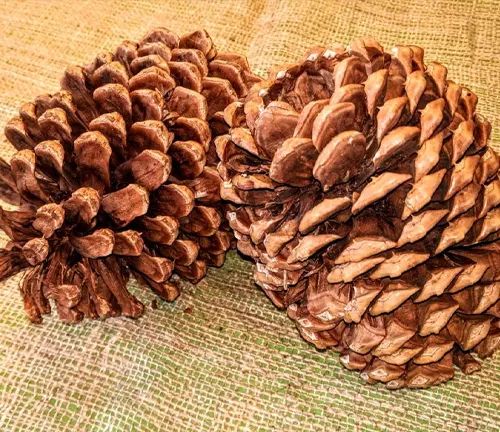
The Big Cone Pine Tree (Pinus coulteri) stands as a botanical masterpiece in the landscapes of Southern California and the central Baja California Peninsula. Revered for its majestic stature, the tree reaches heights of 20 to 35 meters, boasting a straight trunk and a crown adorned with long, drooping needles. The vivid hues of its needles, ranging from bright green to a deep blue-green, contribute to the tree’s aesthetic allure. However, it’s the show-stopping large cones, measuring up to 30 centimeters, that truly set the Big Cone Pine apart in the realm of botanical beauty.
Woodland Elegance
As the Big Cone Pine Tree graces its surroundings, it exudes woodland elegance. Its towering presence and symmetrical form create a picturesque scene in the coastal mountains and the Baja California Peninsula. The straight trunk and gracefully hanging needles evoke a sense of tranquility, making it a sought-after species for landscaping and ornamental purposes.
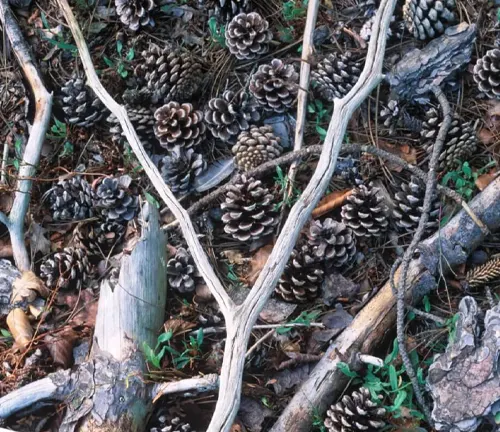
Ecological Importance

Beyond its visual appeal, the Big Cone Pine Tree plays a pivotal role in local ecosystems. The large cones, covered in prickly scales, house substantial seeds that serve as a vital food source for various wildlife, including birds and mammals. This ecological interdependence makes the Big Cone Pine a linchpin in sustaining biodiversity and ecosystem balance, underscoring its significance in the natural tapestry of California.
Cultivation and Conservation
Cultivating the Big Cone Pine Tree requires an understanding of its native habitats. Thriving in diverse ecosystems and adapting to various soil types, this species demonstrates resilience. Conservation efforts are essential to ensure the preservation of this iconic tree, especially as urbanization and environmental changes pose challenges to its natural habitats.
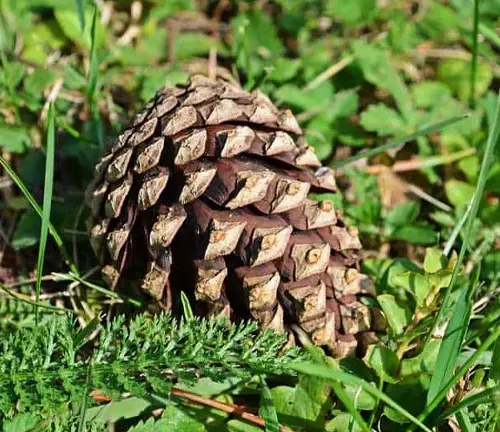
Fragrance
One cannot explore the Big Cone Pine without noting its distinctive fragrance. The resinous scent of the needles, intensified by the warm Californian sun, permeates the air. This olfactory charm adds another layer to the sensory experience of encountering these remarkable trees in their native environment.
Soil Stabilization
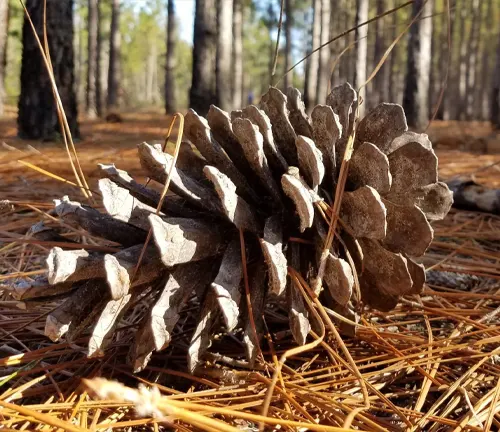
The robust root system of the Big Cone Pine contributes to soil stabilization. Particularly in regions susceptible to erosion, these trees play a crucial role in preventing soil degradation. Their extensive roots anchor the soil, making them valuable contributors to the conservation of the landscape.
Common Uses
Historically, the Big Cone Pine has had practical applications. The durable wood of this tree has been employed in construction, providing a valuable resource for building materials. Its versatility makes it a valuable asset, not only in the wild but also in human endeavors.

Benefits
Embracing the Big Cone Pine Tree in conservation efforts yields numerous benefits. From providing habitat and sustenance for wildlife to enhancing soil stability and offering aesthetic value, the advantages of preserving and cultivating this species extend far beyond its immediate surroundings. Recognizing and appreciating these benefits underscores the importance of safeguarding the Big Cone Pine for current and future generations.
Different Species
Ponderosa Pine
(Pinus ponderosa)
Native to western North America, the Ponderosa Pine is a large and important species with distinctive, long needles in bundles of three.
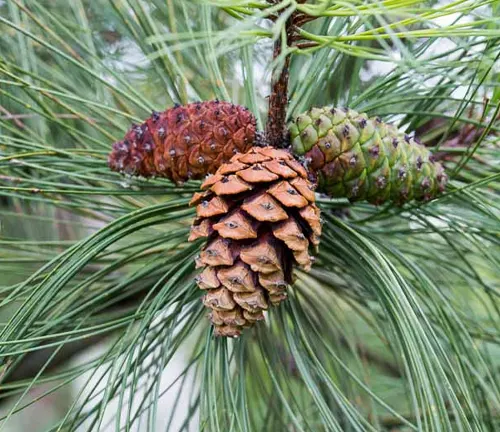

Jeffrey Pine
(Pinus jeffreyi)
Another native of western North America, the Jeffrey Pine is closely related to the Ponderosa Pine and is often found in mountainous regions.
Sugar Pine
(Pinus lambertiana)
Known for producing the longest pine cones of any conifer, the Sugar Pine is native to the mountains of the western United States.
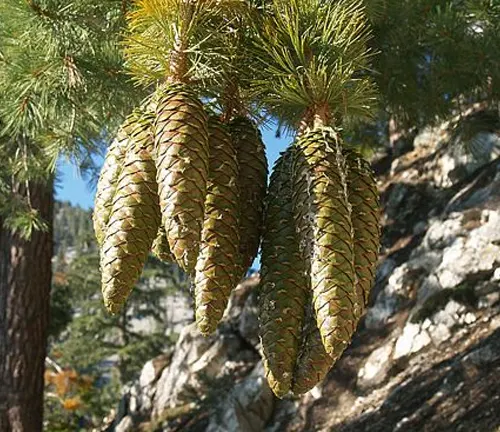
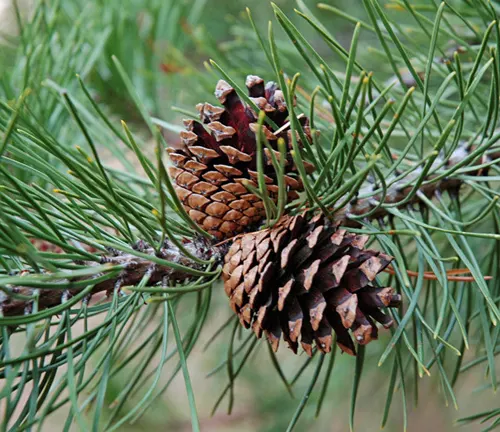
Lodgepole Pine
(Pinus contorta)
Found across North America, the Lodgepole Pine is adaptable to various environmental conditions and is often associated with dense forests.
Whitebark Pine
(Pinus albicaulis)
Thriving in high mountain regions of western North America, the Whitebark Pine is notable for its crucial role in alpine ecosystems.
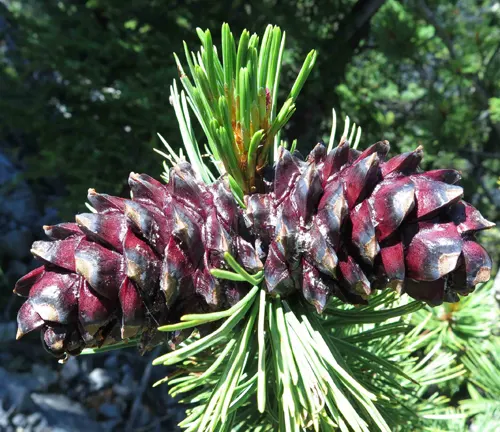
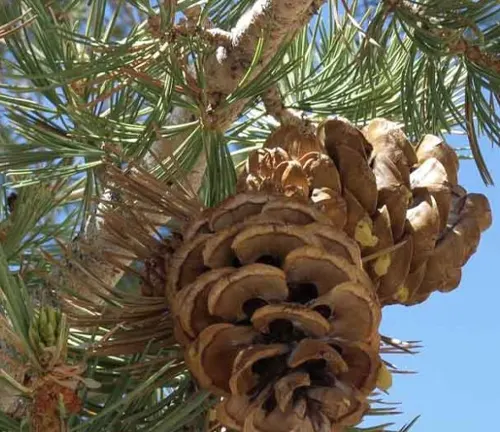
Limber Pine
(Pinus flexilis)
Native to mountainous regions of western North America, the Limber Pine is known for its flexible branches and long, slender needles.
Frequently Asked Questions (FAQs)
1. What is the Big Cone Pine Tree?
The Big Cone Pine Tree, scientifically known as Pinus coulteri, is a large evergreen conifer native to the coastal mountains of Southern California and the central Baja California Peninsula. It is characterized by its impressive size, straight trunk, and large cones.
2. How tall does the Big Cone Pine Tree grow?
The Big Cone Pine Tree can reach heights of 20 to 35 meters (65 to 115 feet), making it one of the taller pine species. Its towering presence contributes to its visual appeal.
3. What distinguishes the Big Cone Pine Tree visually?
The tree is visually distinctive due to its long, drooping needles, which are grouped in bundles of three. Its large cones, measuring up to 30 centimeters, are a key characteristic that sets it apart.
4. Where is the Big Cone Pine Tree found?
The Big Cone Pine Tree is native to the coastal mountains of Southern California and the central part of the Baja California Peninsula. It thrives in diverse ecosystems and is adapted to various soil types.
5. What is the ecological importance of the Big Cone Pine Tree?
The large cones of the Big Cone Pine Tree play a crucial role in its reproductive cycle and provide a significant food source for wildlife, including birds and mammals. The tree contributes to biodiversity and ecosystem balance.
6. Can the Big Cone Pine Tree be cultivated outside its native range?
While the Big Cone Pine Tree is adapted to diverse ecosystems, successful cultivation may depend on factors such as soil type and climate. Conservation efforts are also important to preserve the tree in its native habitats.
7. What is the fragrance of the Big Cone Pine Tree like?
The Big Cone Pine Tree is known for its resinous scent, particularly from its needles. This distinctive fragrance adds to the sensory experience of encountering these trees in their natural environment.
8. How is the Big Cone Pine Tree used by humans?
Historically, the wood of the Big Cone Pine has been used in construction due to its durability. However, conservation efforts are crucial to ensure sustainable use and protect the tree’s natural habitats.
9. Are there other pine species similar to the Big Cone Pine?
Yes, there are various pine species, such as Ponderosa Pine, Jeffrey Pine, Sugar Pine, Lodgepole Pine, Whitebark Pine, and Limber Pine. While related, each species has its unique characteristics and habitats.
10. How can one contribute to the conservation of the Big Cone Pine Tree?
Supporting conservation initiatives, avoiding habitat destruction, and raising awareness about the ecological importance of the Big Cone Pine Tree are ways individuals can contribute to its preservation.


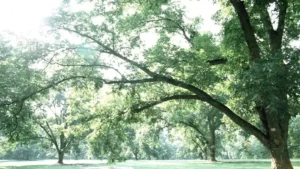
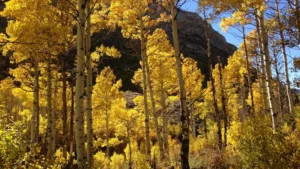
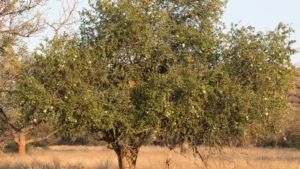

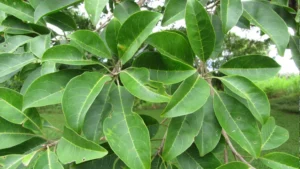
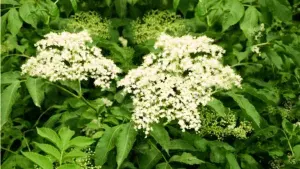
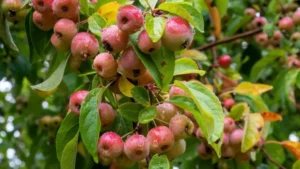


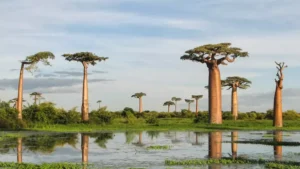
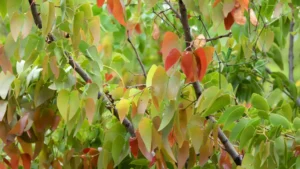
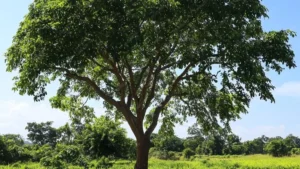
Leave your comment